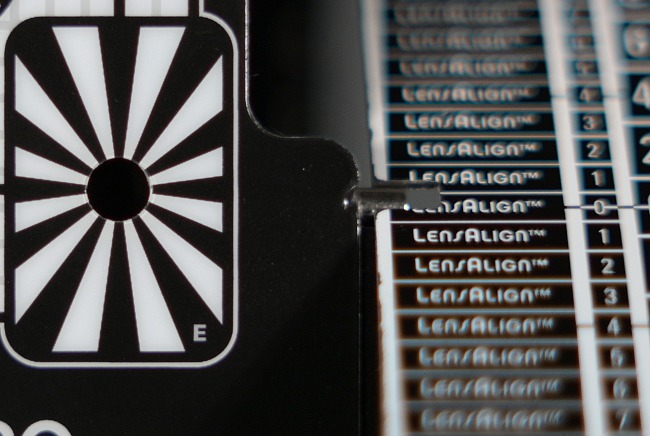Nikon Nikkor Z 50 mm f/1.4
10. Autofocus and focus breathing
Autofocus
When the lens is attached to the Nikon Z7 camera the focusing mechanism is completely noiseless but moderately quick. Running through the whole distance range and confirming the focus, no matter the direction, takes about 0.7-0.8 of a second.When it comes to the accuracy of the autofocus our assessment is solely positive. The lens didn't have any misses no matter whether we took photos inside or outdoors.
We also didn't notice any problems with front or back focus tendencies.
Please Support UsIf you enjoy our reviews and articles, and you want us to continue our work please, support our website by donating through PayPal. The funds are going to be used for paying our editorial team, renting servers, and equipping our testing studio; only that way we will be able to continue providing you interesting content for free. |
- - - - - - - - - - - - - - - - - - - - - - - - - - - - - - - - - - - - - - - - - - - - - - - -
| Nikon Z7, 50 mm, f/1.4 |
 |
Focus breathing
Focus breathing tests show refraiming images as you oversharp them. We conduct the test by manually passing from the minimum focusing ditance to infinity with the aperture stopped down; then we check how the field of view of the lens changed as a result.A change of the frame ranging from 0 to 5% we consider to be low. Between 5 and 10% we can speak about a medium level. Usually these are also maximum values compensation algorithms, present in some bodies, can effectively deal with. A high level constitute results between 10 and 15%, more than 15% means a very high level.
The test video of the new Nikkor lens is presented below:
In other circumstances such untypical performance would be a reason to worry because the zoom (so the focal length) that 'wavers' during overfocusing wouldn't be anything good. Still, with such low values of focus breathing as the ones presenting by the tested Nikkor even this untypical and unexpected change of direction will remain imperceptible in practice. In other words you don't have to worry about focus breathing of the Nikkor Z 50 mm f/1.4.






